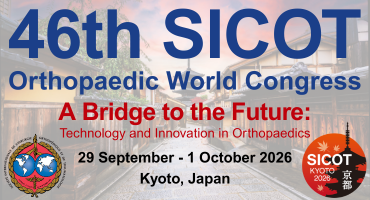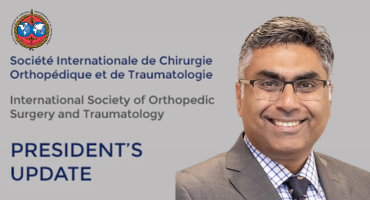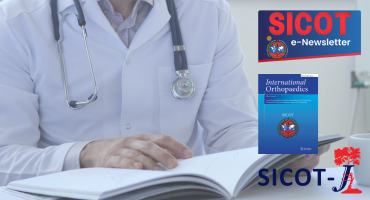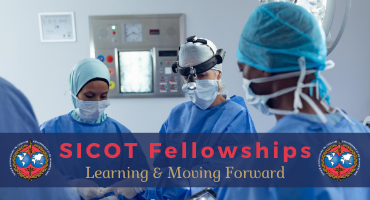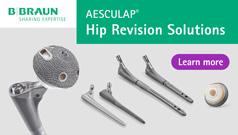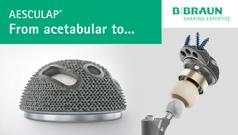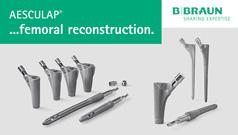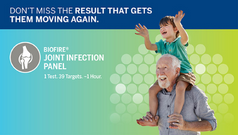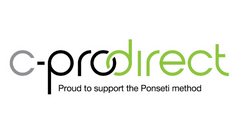J Bone Joint Surg Am. 2025 Aug 22. doi: 10.2106/JBJS.25.00090. Online ahead of print.
ABSTRACT
BACKGROUND: Glycation stress has been implicated in frozen shoulder, potentially inducing oxidative stress through advanced glycation end products (AGEs) and their receptor (RAGE). As the role of oxidative stress in frozen shoulder remains undetermined, this study examined the expression of related genes: NOX, SOD, and PRDX.
METHODS: Thirty-eight participants 35 to 70 years old (23 men and 15 women; all ethnic Japanese) were included; 16 had frozen shoulder, and 22 had a rotator cuff tear without range-of-motion limitations. Tissue samples were collected from the rotator interval capsule and the middle glenohumeral ligament during surgical procedures. Oxidative stress was evaluated by quantifying dihydroethidium (DHE) fluorescence intensity and protein carbonyl levels. Expression levels of genes associated with oxidative stress (SOD1, SOD2, SOD3, PRDX5, NOX1, NOX4), matrix turnover and remodeling (COL1, COL3, MMP1, MMP3, MMP13), and glycation stress (RAGE, RELA) were measured using real-time polymerase chain reaction. Superoxide dismutase (SOD) activity was also evaluated.
RESULTS: In the frozen shoulder group, oxidative stress was indicated by elevated DHE fluorescence and protein carbonyl levels in tissue samples from both the rotator interval capsule and the middle glenohumeral ligament. NOX4, RELA, and MMP13 were significantly upregulated, while SOD1 was significantly downregulated, in the rotator interval capsule and middle glenohumeral ligament in the frozen shoulder group compared with the rotator cuff tear controls. PRDX5, RAGE, and COL1 were significantly upregulated and SOD2 was significantly downregulated in the rotator interval capsule in the frozen shoulder group. SOD activity was significantly downregulated in the rotator interval capsule and middle glenohumeral ligament in the frozen shoulder group.
CONCLUSIONS: The frozen shoulder group showed increased expression of glycation stress genes and NOX along with decreased SOD expression and activity, indicative of oxidative stress. Oxidative stress, in addition to glycation stress, could be involved in the pathogenesis of frozen shoulder.
LEVEL OF EVIDENCE: Prognostic Level III. See Instructions for Authors for a complete description of levels of evidence.
PMID:40845125 | DOI:10.2106/JBJS.25.00090






